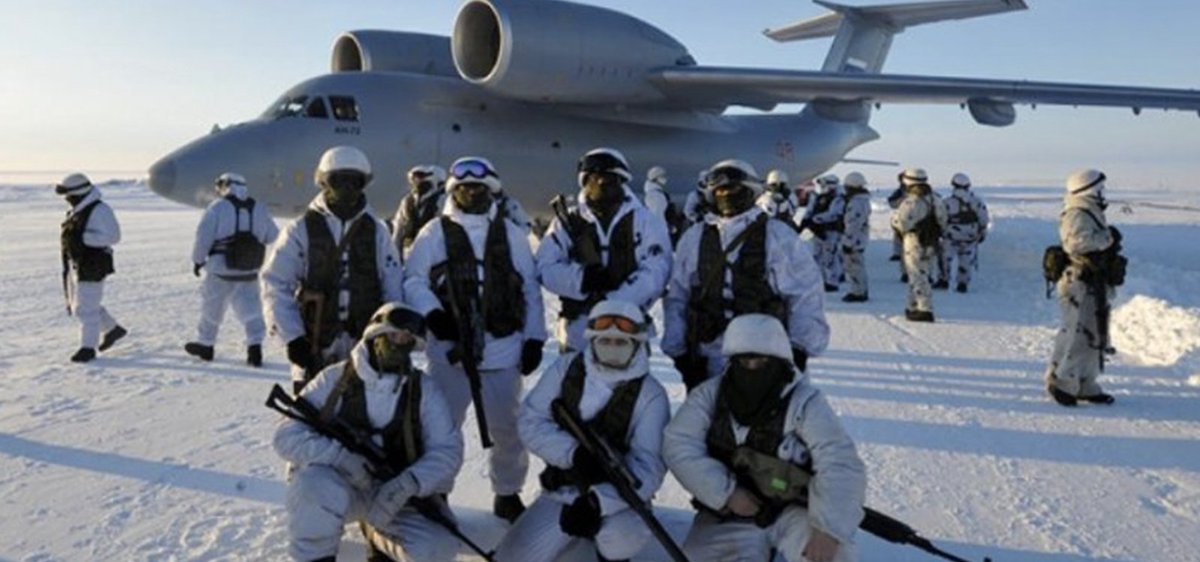1/ At least 100,000 tons of Russian fuel is estimated to have been destroyed in Ukrainian drone attacks. The attacked fuel depots were built underground for protection but were moved to the surface to save money. Now they may have to be buried again. ⬇️
2/ In August 2024, Ukrainian drones attacked two fuel storage facilities in Russia's Rostov region – "Base No. 7" (also known as "Atlas") in Kamensky district and "Flagman" (formerly "Kavkaz") in Proletarsk. The attacks caused massive damage. 

3/ Satellite photos published by @MT_Anderson show the extent of the damage to Flagman – 15 fuel tanks destroyed, 3 partially damaged, and the status of another 33 unknown. At least 3 tanks were destroyed at Atlas.
https://x.com/MT_Anderson/status/1826982323750899794
4/ The facilities are owned and operated by the Russian state agency Rosrezerv, and are used to provide fuel to Russia's Southern Military District. They store jet fuel, diesel fuel, and other flammable and lubricating materials, transported by rail.
5/ Each tank had a capacity of 5,000 cubic meters of fuel. Flagman had 32 such tanks, while Atlas had 64. Based on the extent of the destruction, it's likely that 90,000 tons of fuel were destroyed at Flagman and another 15,000 tons at Atlas.
6/ This is equivalent to the amount of fuel needed for 1,000 Il-76 transport aircraft, or to refuel Russia's entire tank fleet at least 30 times. Direct financial losses are estimated at over 7 billion rubles ($77.8 million) from fuel alone, plus more from the lost facilities. 

7/ The damaged facilities cannot easily be replaced, as there are no alternatives in the Rostov region that could meet the needs of the Southern Military District. If they cannot be repaired, fuel will need to be transferred from other regions at a substantial cost.
8/ The two fuel depots were built in 1962 as an emergency response to the Cuban Missile Crisis, when the Soviet government believed that war with NATO was imminent. As they would have been military targets, they were buried underground to protect against enemy attacks.
9/ The underground tanks were designed to be virtually bomb-proof, consisting of vertical low cylindrical structures with a concrete base, covered with concrete slabs. The only above-ground element was a structure used for filling the tanks.
10/ Over time, however, the underground storage deteriorated due to the saline soil and the infitration of groundwater. In 2003, new emergency safety requirements were introduced which neither facility could comply with. Repairing and upgrading them was deemed too expensive.
11/ As a result, the Atlas facility moved to the surface in 2019 – new tanks with modern equipment were introduced. Kavkaz carried out a similar move starting in the 2000s, taking 15 years to complete – but only one week to destroy.
https://x.com/wartranslated/status/1828341950279278931
12/ Almost certainly due to the wave of Ukrainian attacks, the Russian government has partly lifted the ban on underground fuel storage. A newly-published directive exempts facilities subordinate to the Russian Ministry of Defence and other security ministries. /end
• • •
Missing some Tweet in this thread? You can try to
force a refresh









